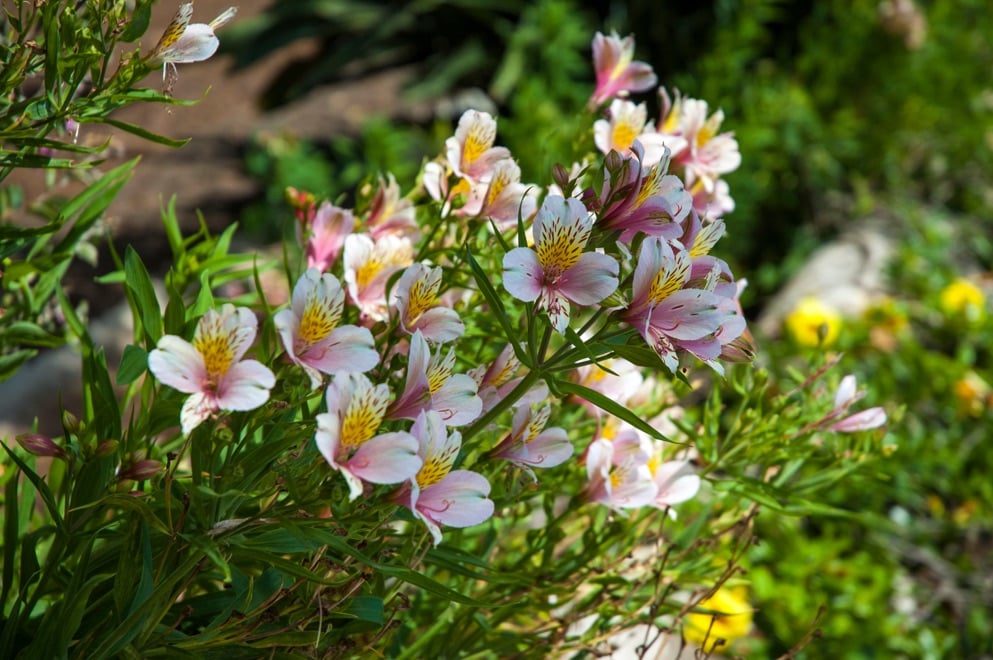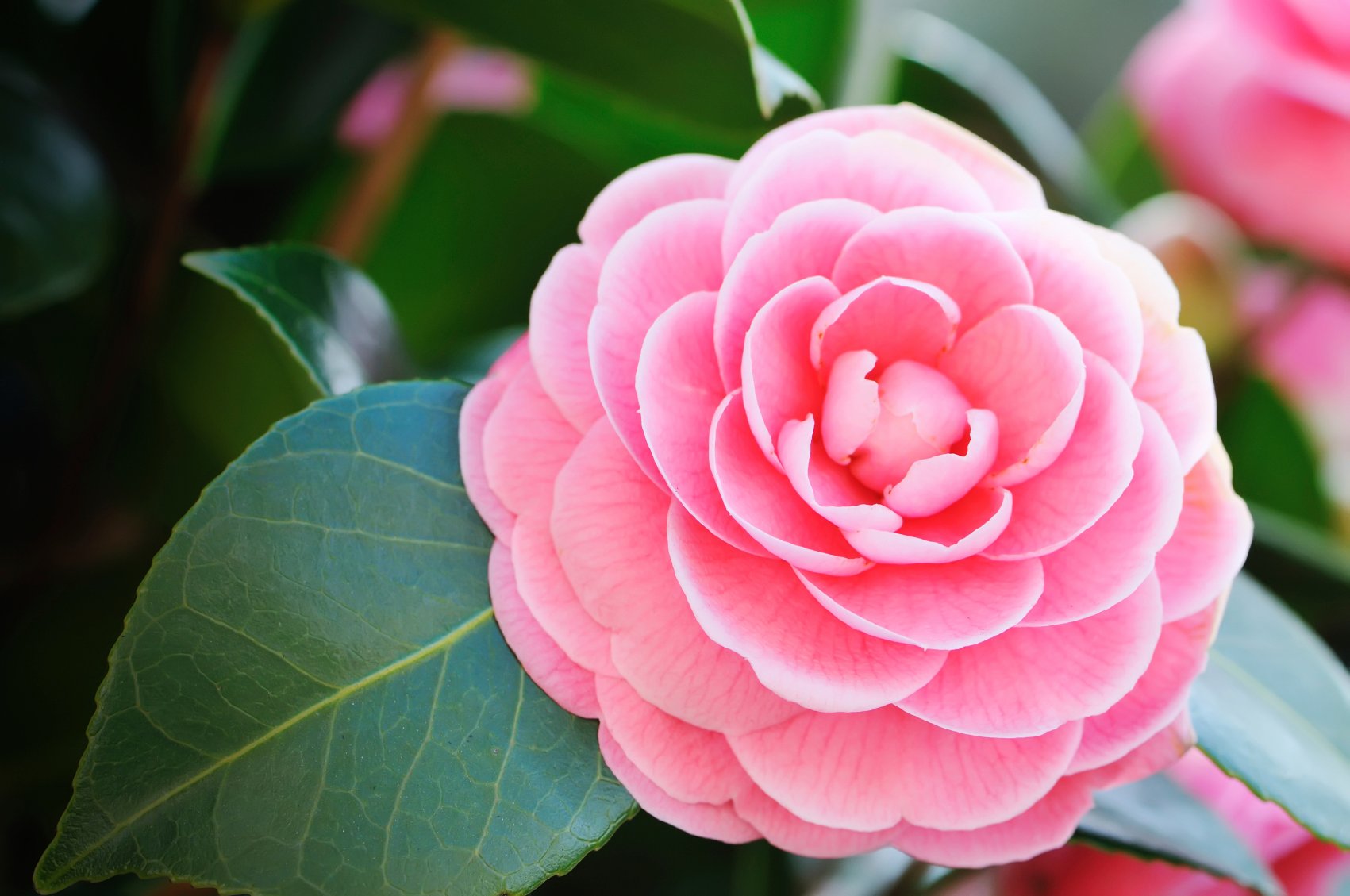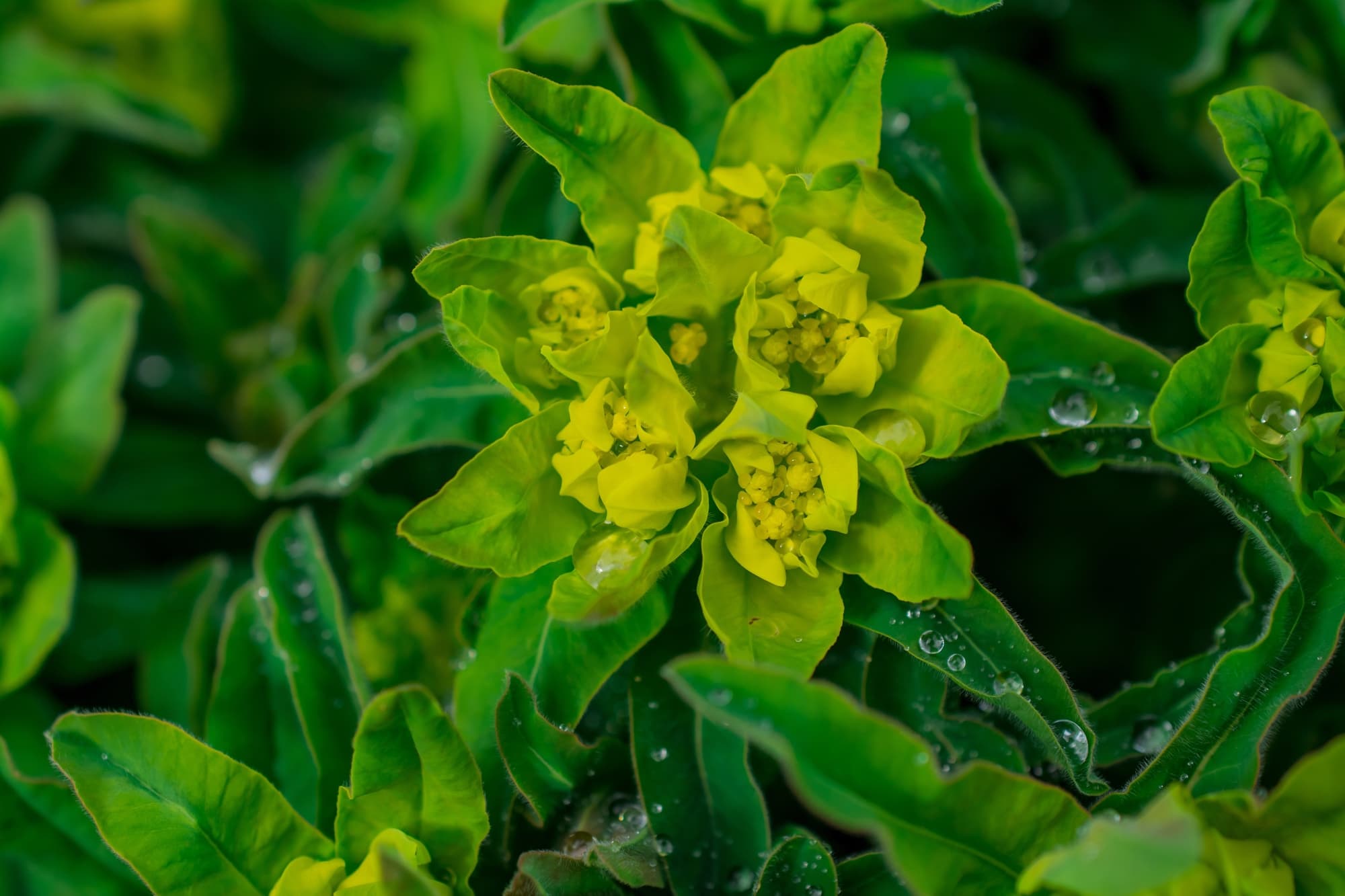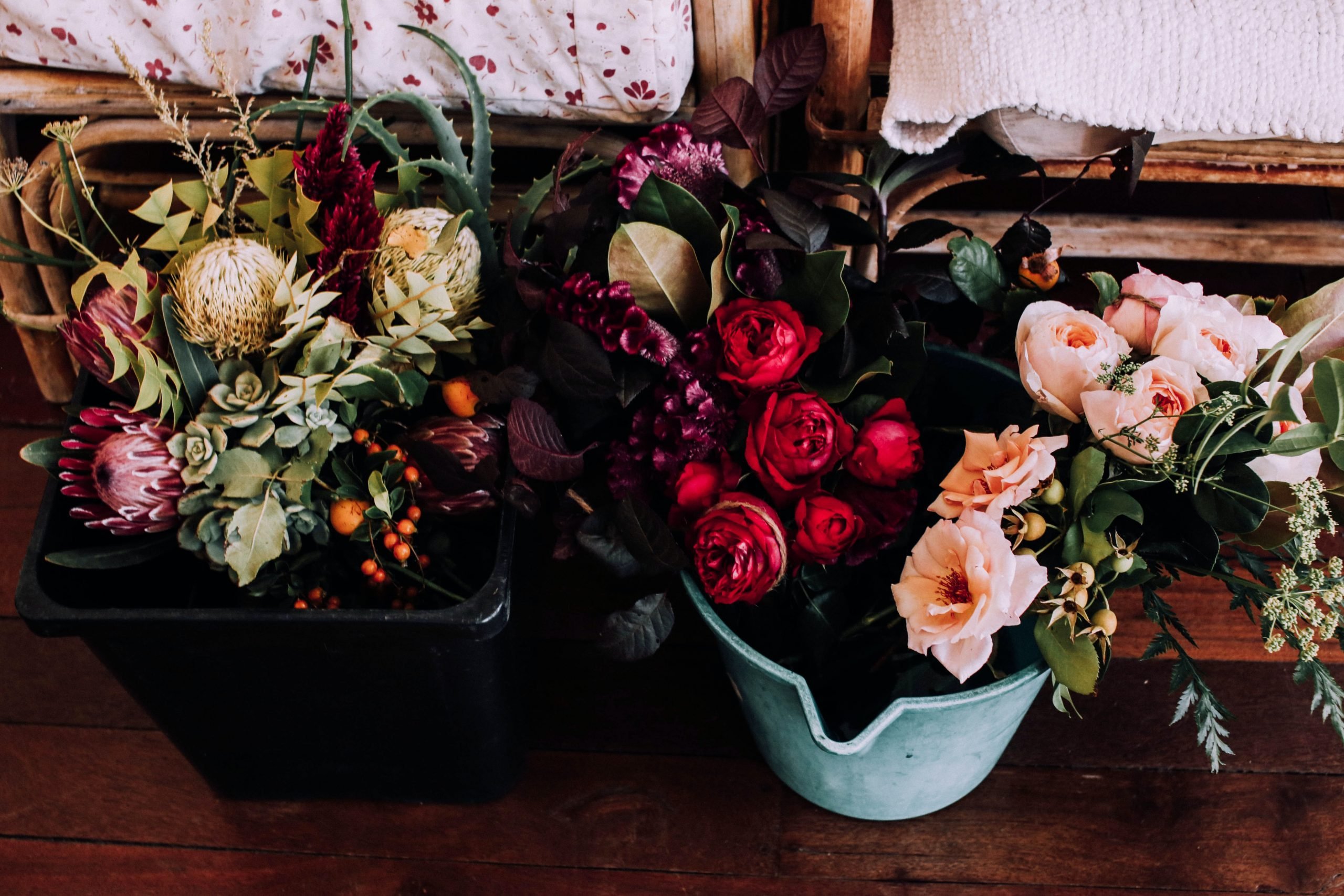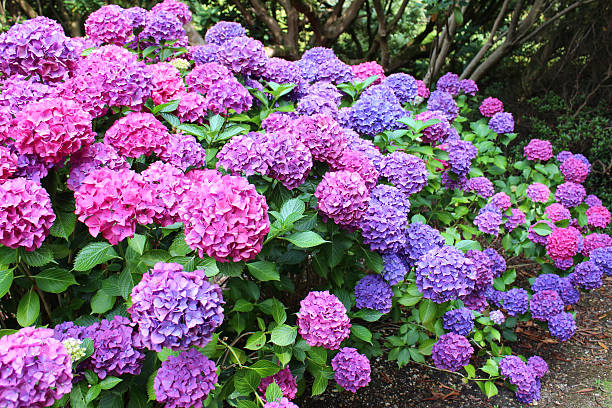Deadheading Salvia (Sage): A Complete Guide
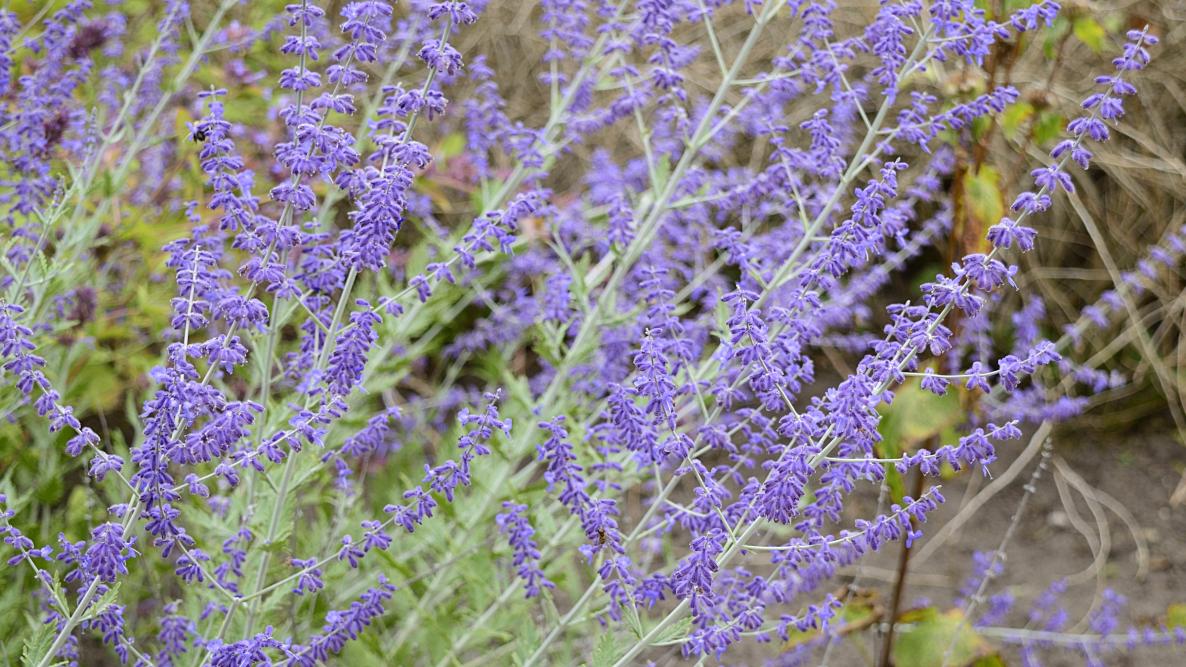
Table of Contents
Salvia, which is also known as sage, is a famous flower that graces the garden with its beauty, vibrant colors, unique aroma, and medicinal properties. Deadheading salvia is a necessary process to perform and maintain the beauty and health of the plant.
Deadheading is a process that means removing and cutting the off-spent flowers and faded blooms so that the plant can be prevented from wasting energy on the production of seeds.
There are almost a thousand types of salvia, and all require different types of care. But, the process of deadheading is similar for all of them, and that is what we are going to discuss. In this blog post, we will learn about the deadheading of salvia plants.
It does not matter if you are a professional or a beginner; this guide will help each one of you to create a beautiful garden full of flowers of vibrant colors.
What Are Salvia and Its Importance?
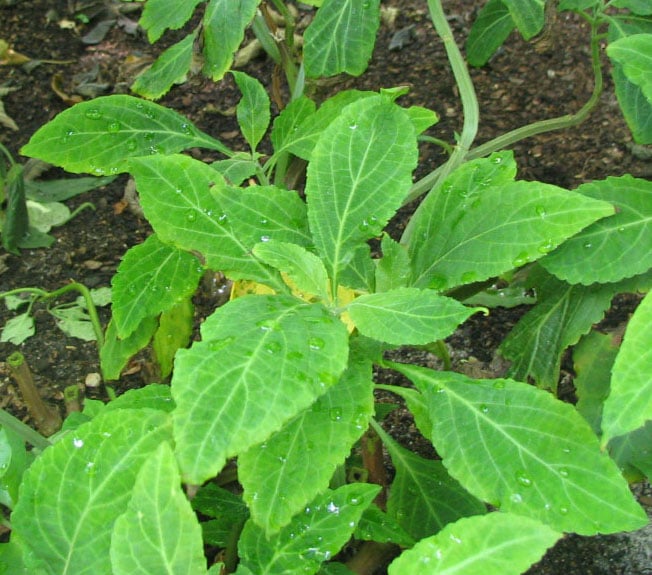
Before knowing how to deadhead Salvi’s plants, we must know what salvias are and what their significance is to nature.
- Salvia is a plant that also has medical importance.
- Sage is a green hero which can be available in fresh, dried, and oil forms.
- Sage is also a herb which many health benefits.
- Salvia, also known as “sage,” is not beautiful physically but also beautiful in features as it has anti-oxidants that not only help in oral health but help the brain to function more effectively.
- Not now, but salvia is been used as a medicine for ages as a pain killer, preventing the body from stress, damage, and bacterial and fungus infections.
- Salvia also helps in reducing blood sugar levels. In old times it was used as a traditional medicine for diabetes.
- It may also be effective in increasing your memory or improving your brain.
- Studies have found that salvia can be used against cancer, as it not only suppresses the development of cancer cell in our body but also make them dead.
- You can also add sage to your diet. Like sprinkle as a garnish on soup, stuffing in roast dishes, can have with egg.
Importance of Deadheading Salvia
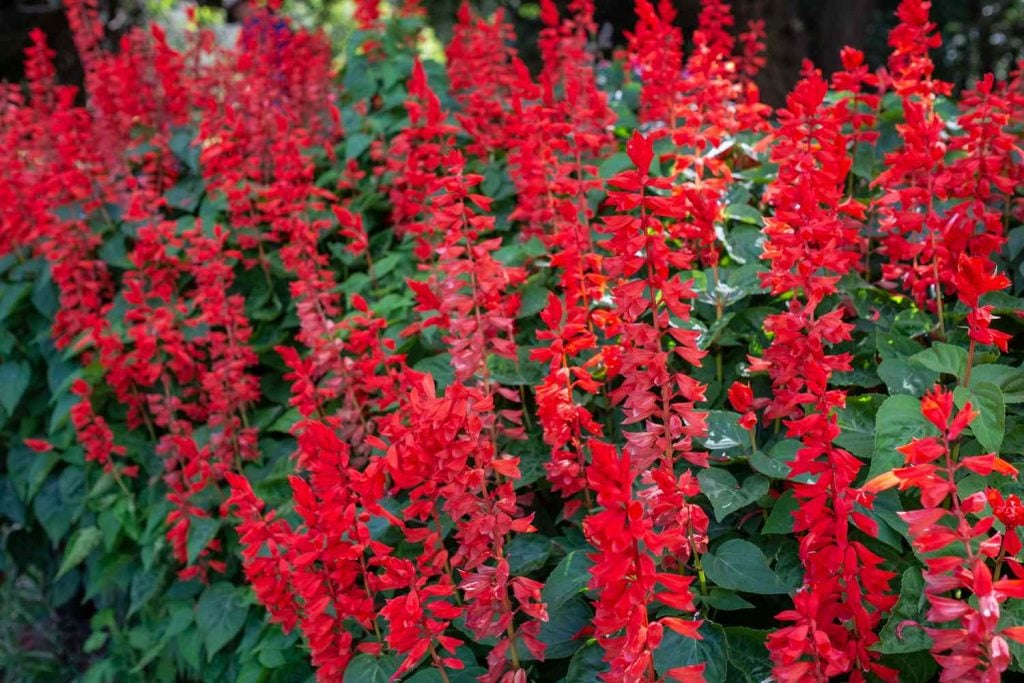
- Deadheading salvia plants is an important process that helps in the growth of both its grace and health.
- In this process, the unnecessary blooms and flowers are removed, which redirects the plant’s energy toward new growth and flowers instead of seed production.
- This encourages the plant to look more visually appealing, vibrant, and different from other flower plants.
- We can say that deadheading salvia increases its beauty and appearance.
- As when we deadhead salvia, it focuses more on the blooming of flowers which gets diverted by seeds.
- Deadheading salvia not only increases its beauty but also reduces the risk of disease and pest infestation.
- Dying flowers is always an attraction to pests and creates a conducive environment for fungus infection.
- Regular removal of faded blooms will enhance air circulation, which minimizes the chance of disease, ensuring the health of flower plants.
- Deadheading salvia is also important as it maintains the shape and structure of the flowering plant preventing it from legginess.
Right Time for Deadheading Salvia
In general, the right time to deadhead salvia is when the flowers and blooms start to fade. Regular observation can help you recognize the flowers that are losing their colors and vibrancy or have started fading away. If you remove them at this stage, this will conserve the energy of the plant and will promote healthy blooming.
There are different types of salvia; some of them produce clusters or spikes, while some produce blooms. If the salvia you have consists of clusters and if the majority of flowers are faded, then removal of the entire cluster is a good option. But if your salvia consists of blooms having more than one flower on the stem, then the removal of each flower is an ideal choice.
While deadheading salvia, always remember to differentiate between the spent flowers and the new flowers. Always remove the spent one rather than removing the baby flower.
A Guide for Deadheading Salvia
Before deadheading, make sure to check the condition of your plant, like if it has any faded flowers or blooms. Also, do not forget to check if there is any sign of any kind of infection or disease.
After checking the condition of the plant, now get ready for deadheading salvia with all the tools mentioned above.
Now, let’s see the techniques which are needed for deadheading salvia as it is known to all that there are different varieties of salvia, one with clustered flowers and the other with individual flowers.
1. Clustered Flowers
When you are deadheading a cluster plant, and you see a stem having the most faded clusters, make sure to remove the entire cluster. The technique is to locate at the base of the cluster connecting to the stem; here, you have to put your prune shear just above the healthy leaves and make a clear cut.
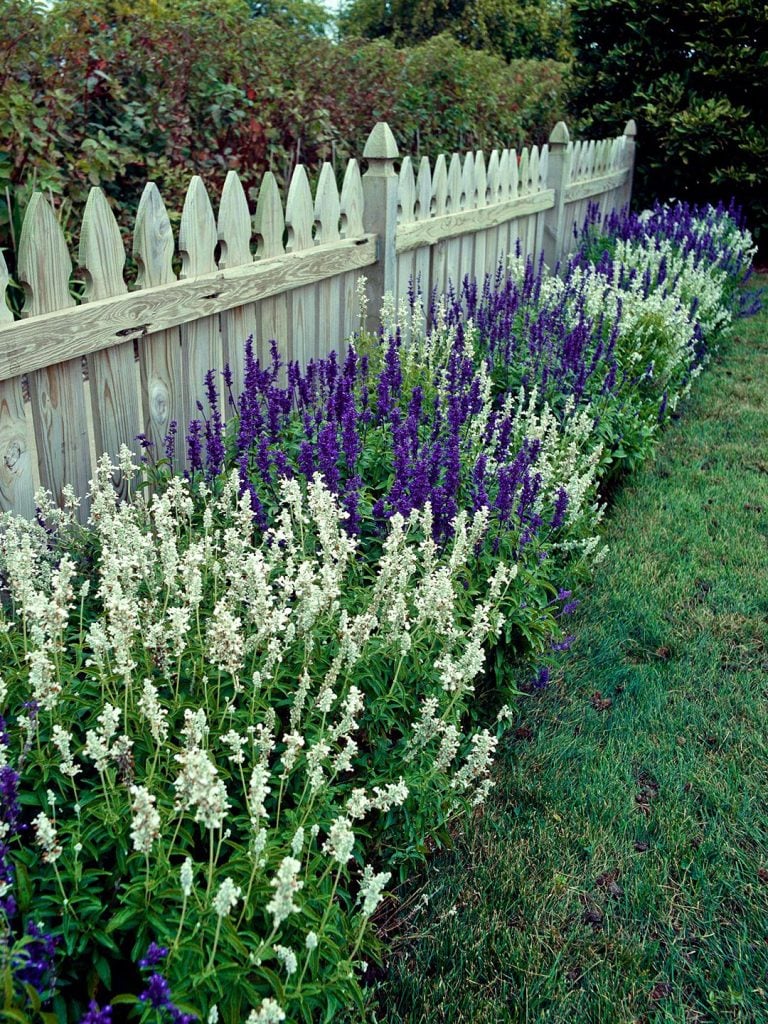
2. Individual Flowers
Here, instead of removing the stem, you have to remove the individual flowers. If you see any faded flowers or blooms, make sure to remove them. Also, do not get confused between baby flowers and faded flowers. Also, do not forget to clean your prune shear and other tools. During the process of deadheading salvia, you will also face some hard or woody stems that will be very hard to break. You can use your hand to remove the stem. Be very careful during this process, and do not hurt yourself.
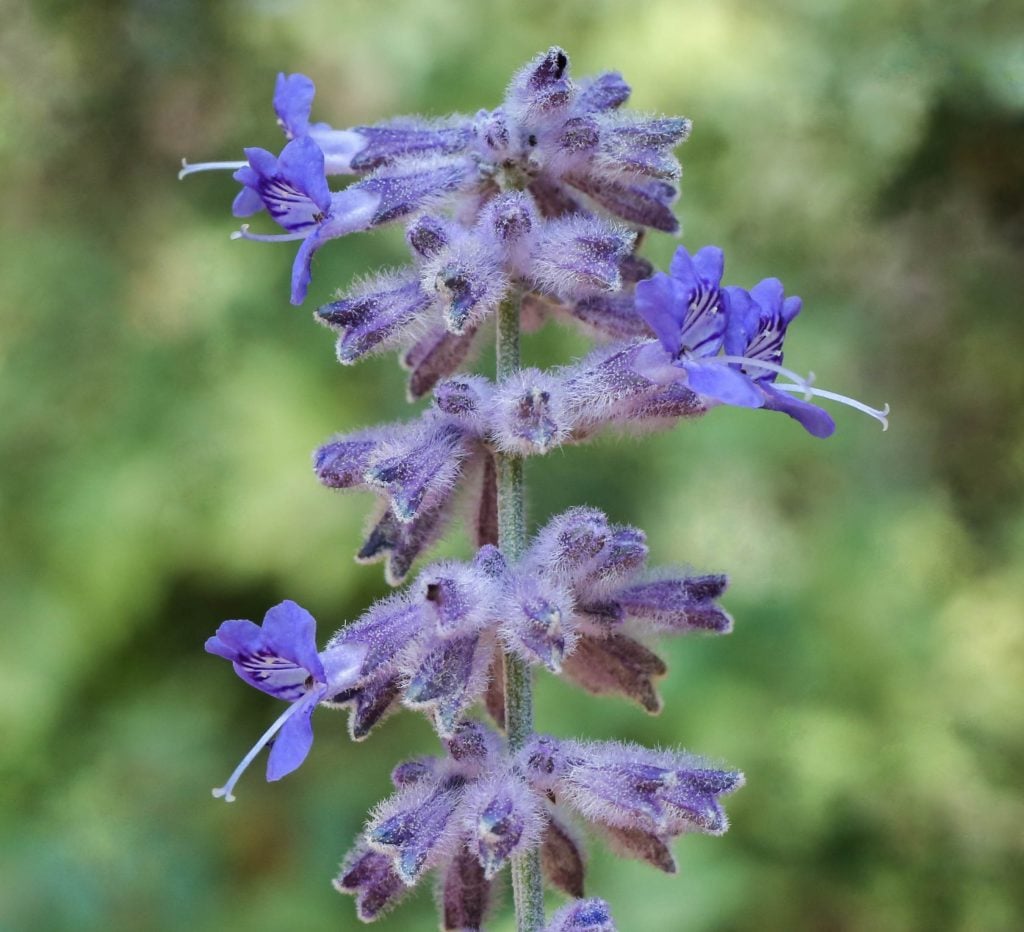
Tools Needed for Deadheading Salvia
For deadheading salvia, you just need some important tools like pruning shears to make clean cuts, gloves to protect your hand damage, a container to collect spent flowers, and a disinfectant to sanitize your pruning tools during cuts.
Make sure that your pruning shear is sharp enough to make cuts.
You can click here to look into the tools.
Caring Tips for Salvia
Just like humans need care after surgery, plants are also living being, and they also need some care after deadheading, so the basic things you must do after deadheading them are:
1. Watering
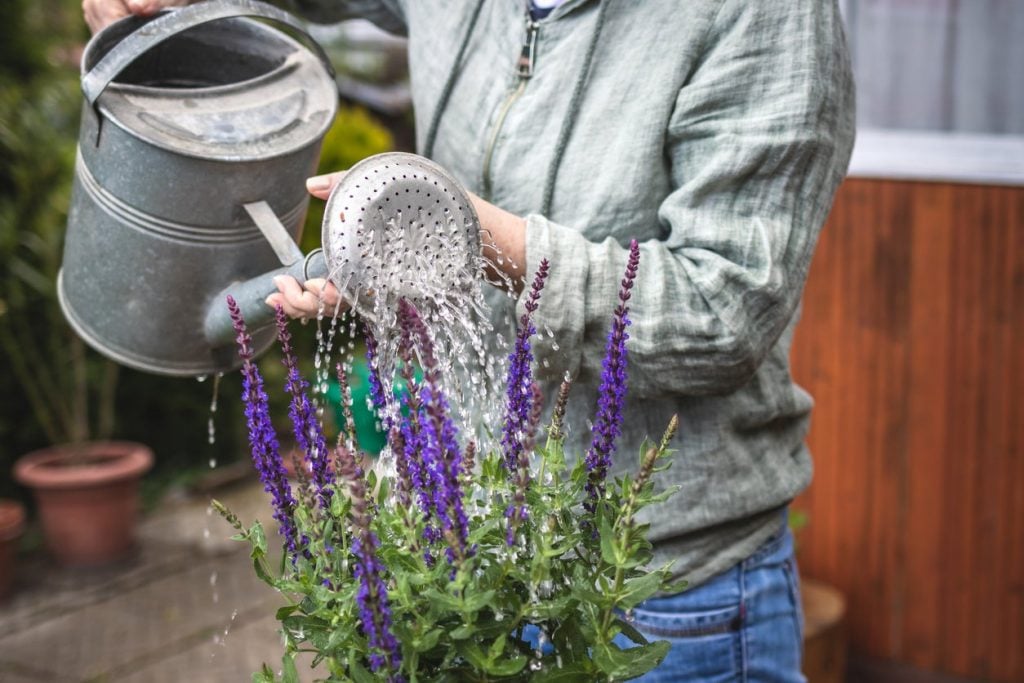
After the process of deadheading salvia, there is a lot of stress in the plant, so to lessen that, you just need to water the salvia regularly. Watering salvia plants will help them generate energy to grow new buds. So, for that to happen, you just need to water the plant immediately after deadheading. But before you water them, make sure to check the soil that whether it is moist enough for the plant or not.
2. Fertilization
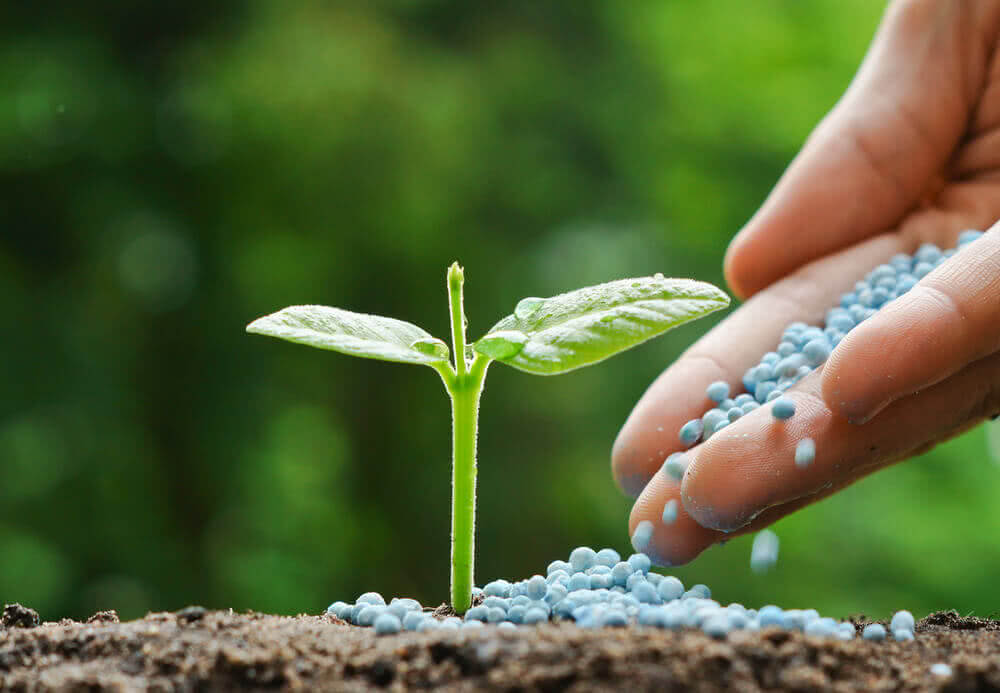
Another thing you must care about deadheading salvia is providing them with the right nutrients in the right amount. A balanced fertilizer that is also water-soluble will be perfect for it.
Also, don’t forget to watch your plants regularly, like watching if there are any chances of pests, watering them daily, and providing them with enough sunlight.
While performing the process of deadheading, there are mistakes people must avoid:
- Getting confused with baby buds and faded flowers.
- Over-pruning of plants can diminish the growth of plants.
- Always sanitize your tools to prevent the spread of diseases and infections like fungal infections.
How to Prune Salvias?
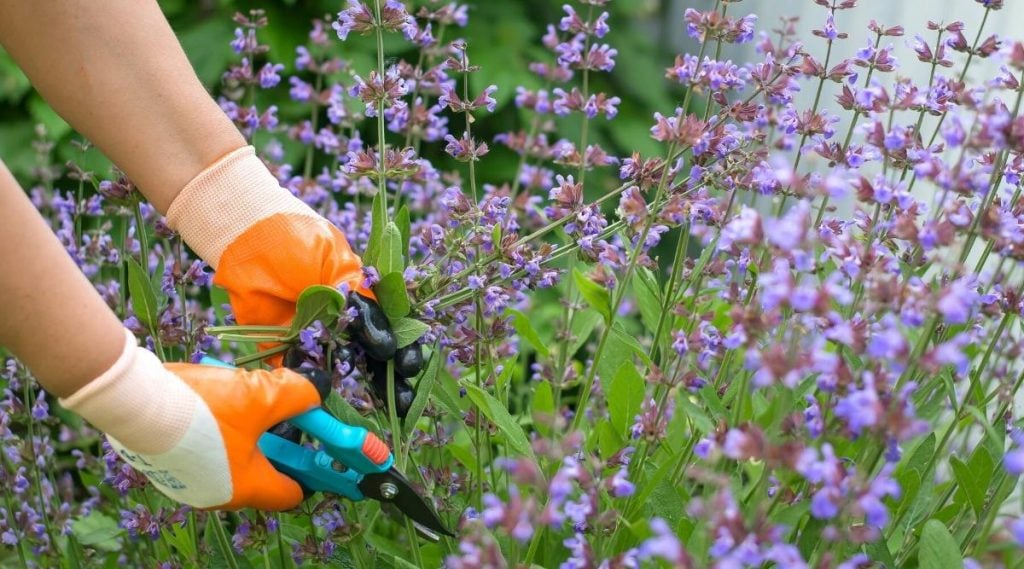
Pruning is a technique that requires care and skill, so here comes a mini guide on how to prune salvias:
- Get a pair of the best secateurs, which are clean and sharp and will be used to cut the stem or flower.
- As mentioned that there are two types of salvia one with clustered flowers and one with individual flowers. If you find any stem consisting of a majority faded cluster flower, then make sure to remove the stem.
- If you find a plant with individual flowers, make sure to cut only the particular flower and not the stem.
Conclusion
Deadheading Salvia is an important process that enhances the beauty and health of the plant. By removing the spent flowers and faded blooms, we redirect the plant’s energy to grow new flowers and blooms.
Always follow the process of deadheading salvia at the right time with the right techniques. Also, always perform post-deadheading care mentioned above. We hope that this guide was useful to you; we wish you a thriving garden full of beautiful, vibrant, and healthy salvia blooms and flowers. Happy gardening!
Have you ever performed deadheading? If so, then make sure to share your first experience with us in the comment box given below.
Frequently Asked Questions
How to Deadhead Salvias in Pot?
Deadheading salvia in the potter is the same as on the ground. You just need to keep certain things like timing, techniques, and gathering of all the tools that are needed. Providing post-deadheading care to the plant, like watering, fertilization, etc. Also, prevent making mistakes like removal of new bud, over-pruning, and not using a disinfectant.
Do Salvias Come Back Every Year?
This depends upon the type of salvia you have. Most of the salvia are perennials and can bloom one after year. But not all of them are perennial; some of them are annuals or biennials, having a life cycle of a year or two, respectively.
What Are the Problems with Salvia?
Though salvia is a low-maintenance plant, they do have some problems like root rot, damping-off seedlings, powdery mildew, whiteflies, dear and rabbit damage, etc.,
Do You Cut Back Salvias in The Fall?
Always prefer to cut back salvias in spring, but if you want to cut back salvias in the fall, then you must floor some steps like, wait till the foliage starts to fade down, turning brown. Always use clear and sharp pruning shears, cutting the plant back to 4-6 inches of height above the ground. Also, remove the faded blooms.

